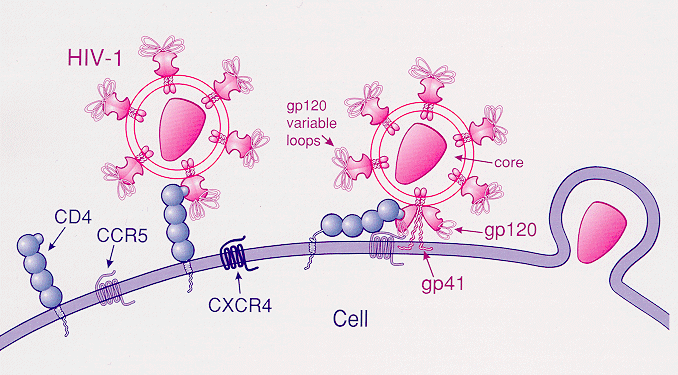An ongoing dialogue on HIV/AIDS, infectious diseases,
July 12th, 2010
Neutralizing AB and How to Interpret HIV Vaccine News
 Lots of attention in the news media on the recent papers in Science that elucidate the structure and function of broadly neutralizing antibody to HIV. (Proof: a patient asked me about it today.)
Lots of attention in the news media on the recent papers in Science that elucidate the structure and function of broadly neutralizing antibody to HIV. (Proof: a patient asked me about it today.)
For example, here’s the take by the Wall Street Journal:
HIV research is undergoing a renaissance that could lead to new ways to develop vaccines against the AIDS virus and other viral diseases. In the latest development, U.S. government scientists say they have discovered three powerful antibodies, the strongest of which neutralizes 91% of HIV strains, more than any AIDS antibody yet discovered.
And here’s CNN’s view:
After years of disappointment, researchers have finally found a potential basis for an HIV vaccine. Scientists at the National Institute of Allergy and Infectious Diseases say they have discovered three human antibodies that neutralize more than 90 percent of the current circulating HIV-1 strains.
The work is scientifically very interesting, and indeed is a major advance in our understanding of how antibodies just might prevent this infection after all.
But on a practical level, I’ve learned that every HIV vaccine research “breakthrough” or prediction needs to be taken with more than a few grains of salt.
Including this memorable one way back in 1984:
Finding the cause of AIDS will not necessarily lead to any treatment of the disease soon, nor will it necessarily result in a method of prevention. But the finding led the American researchers to express the hope that a vaccine would be developed and ready for testing ”in about two years.”
As the scientists involved in these current Science studies are quick to say, an actual effective vaccine for use in the clinic based on the results of these observations is many (many) years of hard work away.
Which is (for now at least) pretty much how we should view any HIV vaccine news in the mainstream media.

